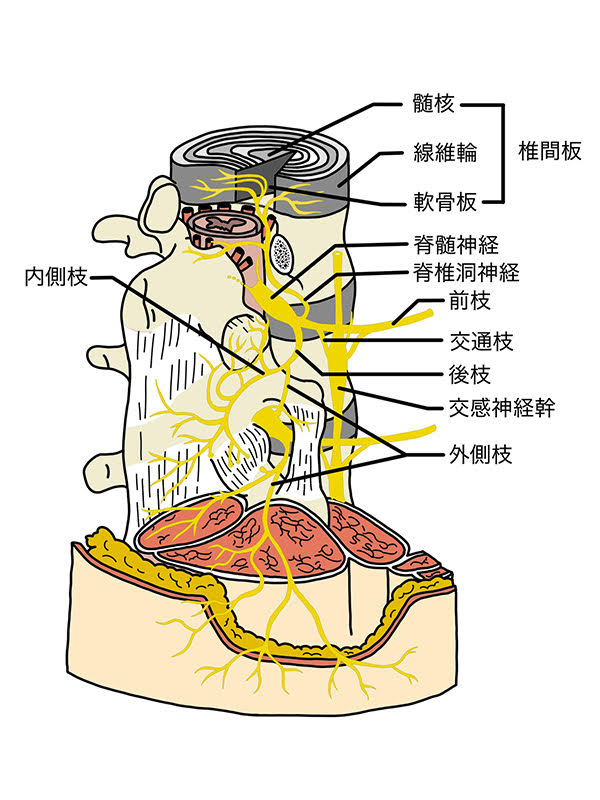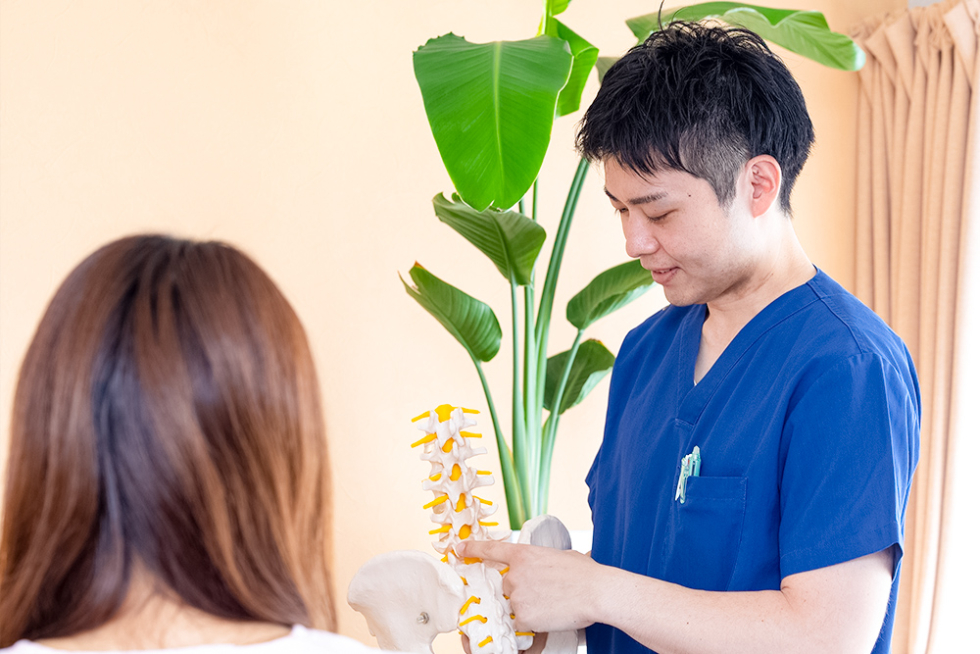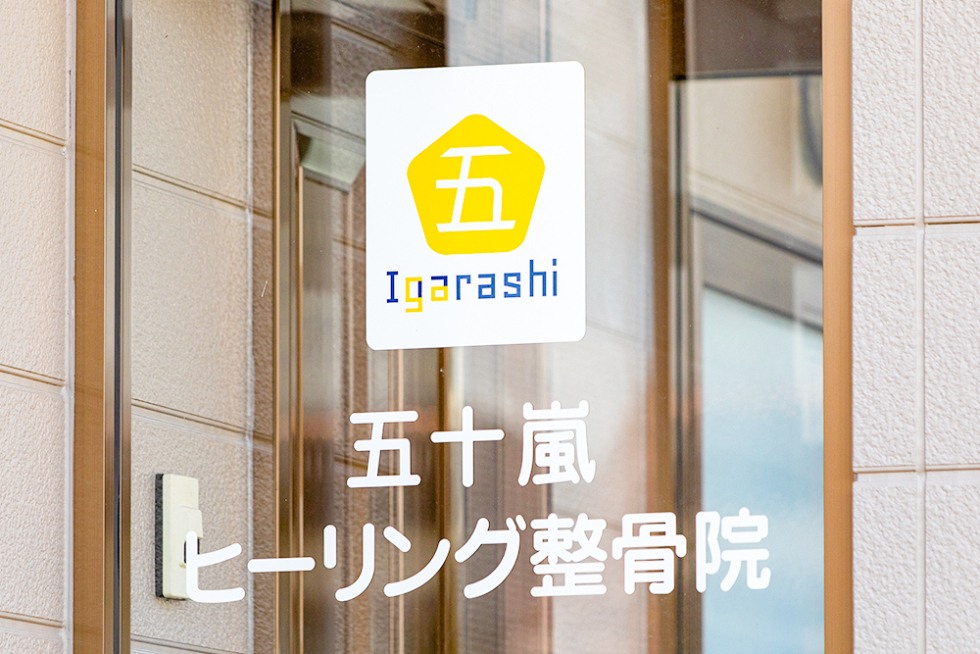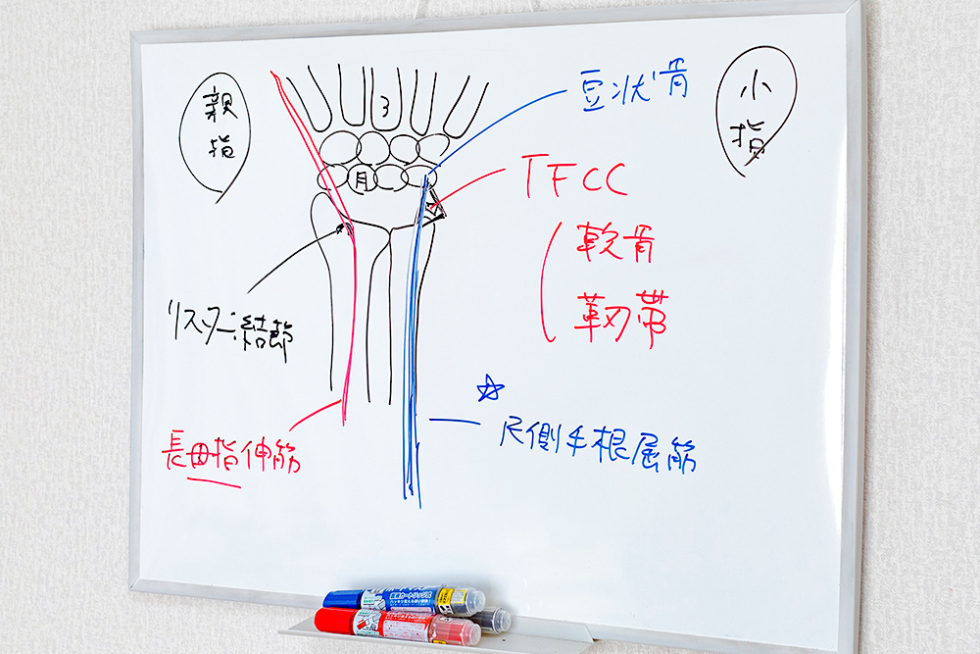椎間板にかかる圧力 Pressure on the intervertebral disc
腰椎椎間板ヘルニア腰痛・坐骨神経痛
2019年11月1日
背骨と背骨の間にあるクッションの事を椎間板といいます。
椎間板はバウムクーヘンの様な線維輪と、中心部にある髄核と呼ばれるゼリーの様なもので構成されます。

椎間板ヘルニアという言葉を聞いた事があると思いますが、これは椎間板に圧がかかり髄核が線維輪を突き破り神経を圧迫したものです。ヘルニアとは飛び出すという意味で、他にもヘルニアはありますが、一般的には腰や首のヘルニアの事を指すことが多いです。
椎間板については学説があり、それによると日常の動作でかかる圧力は次の様になっています。
・歩く・・・体重の3倍
・走る・・・体重の5倍
・ジャンプする・・・体重の7倍
椎間板にかかる圧力が高いほどヘルニアになりやすい事から、ジャンプ系の競技では特に椎間板ヘルニアが多くなります。
また髄核に含まれる水分は若い程多く内側から押し出す力が強くなるので、高校生や若いアスリートでは椎間板ヘルニアになりやすいです。
The cushion between the spine and the spine is called the intervertebral disc.
The intervertebral disc consists of an annulus fibrosus like Baumkuchen and a jelly called the nucleus pulposus in the center.
You may have heard the term “disc herniation”, which is a pressure on the disc and the nucleus pulposus piercing the annulus fibrosus and compressing the nerve. There are other hernias in the sense that hernia jumps out, but generally it refers to hernia of the low back and neck.
There is a theory about the intervertebral disc, and according to it, the pressure applied in daily activities is as follows.
・ Walk : 3 times the weight
・ Run : 5 times the weight
・ Jump : 7 times the weight
Intervertebral disc herniation increases especially in jump-type competitions because the higher the pressure on the disc, the more likely it will become hernia.
Also, the younger athletes are more likely to have a herniated disc because the amount of water contained in the nucleus pulposus is stronger and the force of pushing out from the inside becomes stronger.




